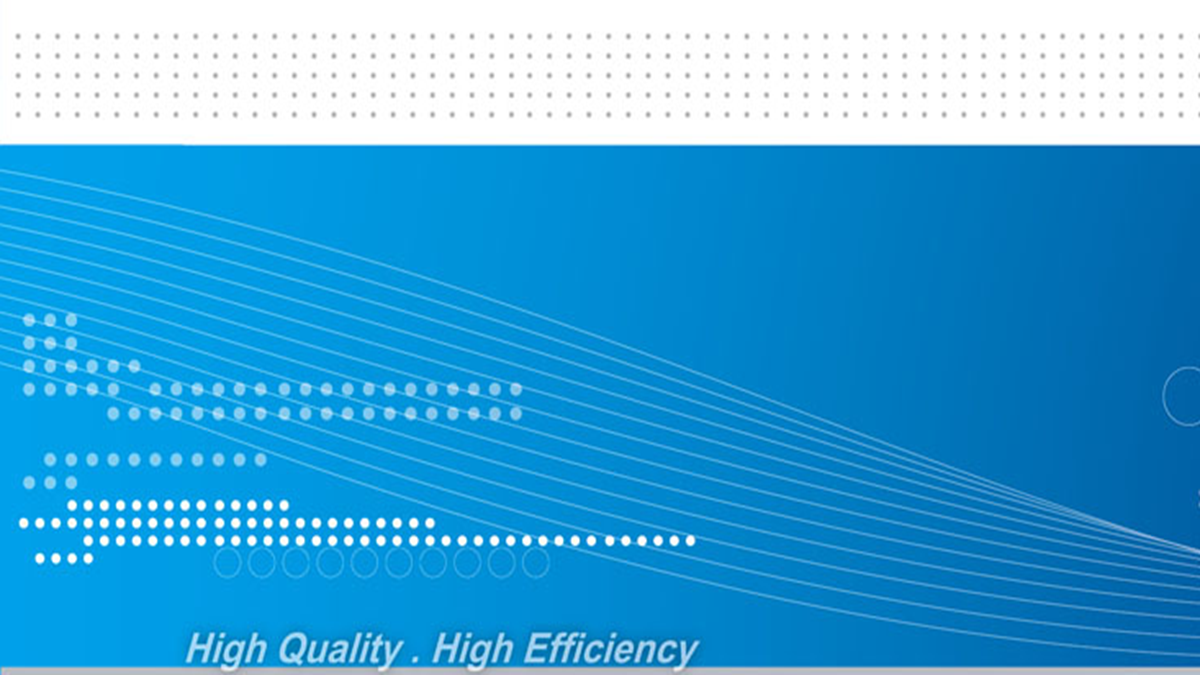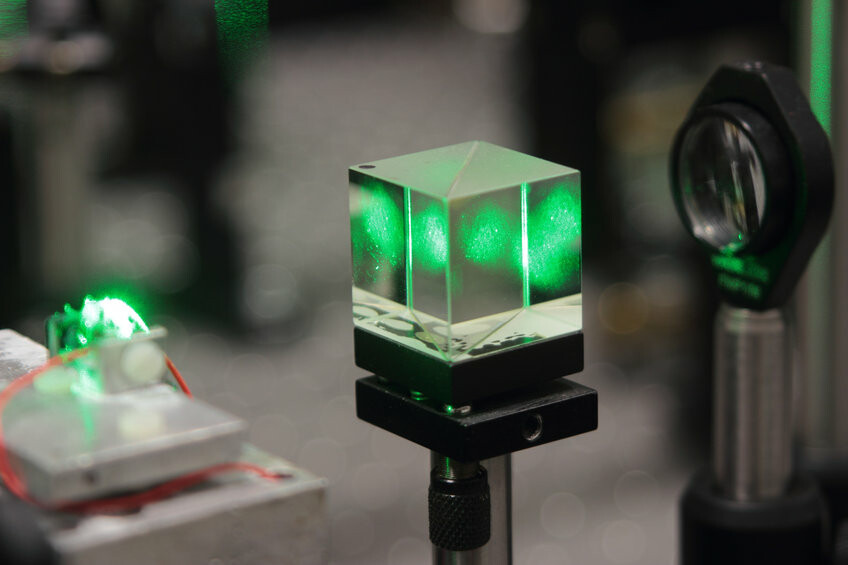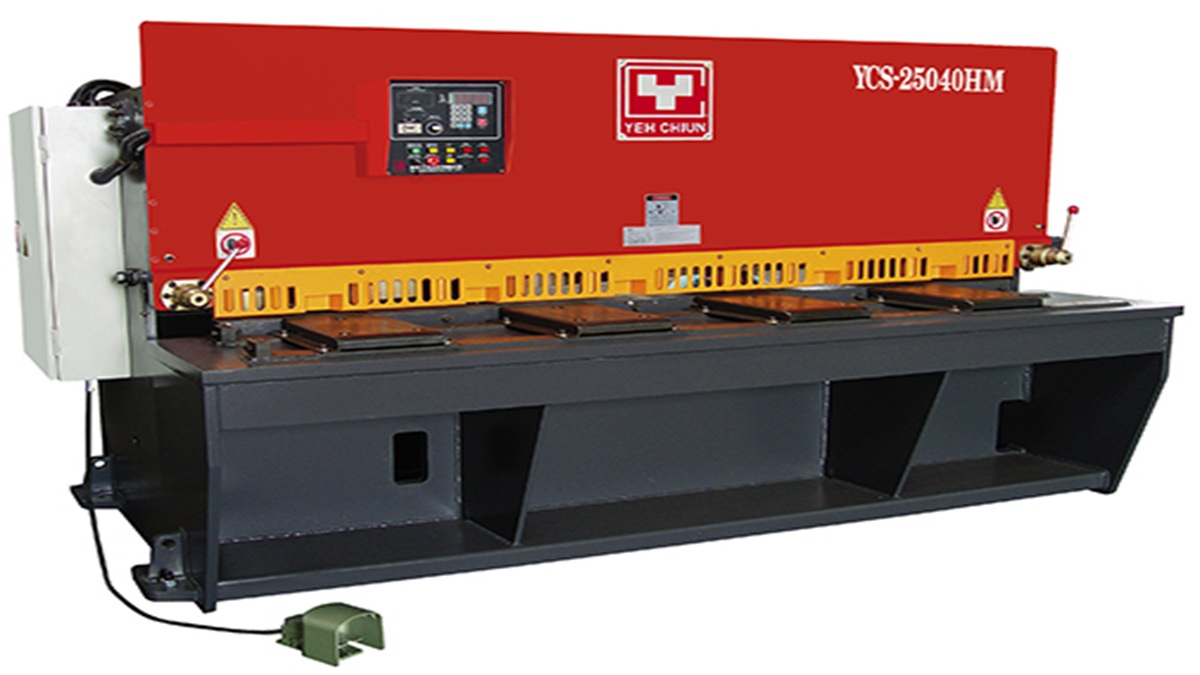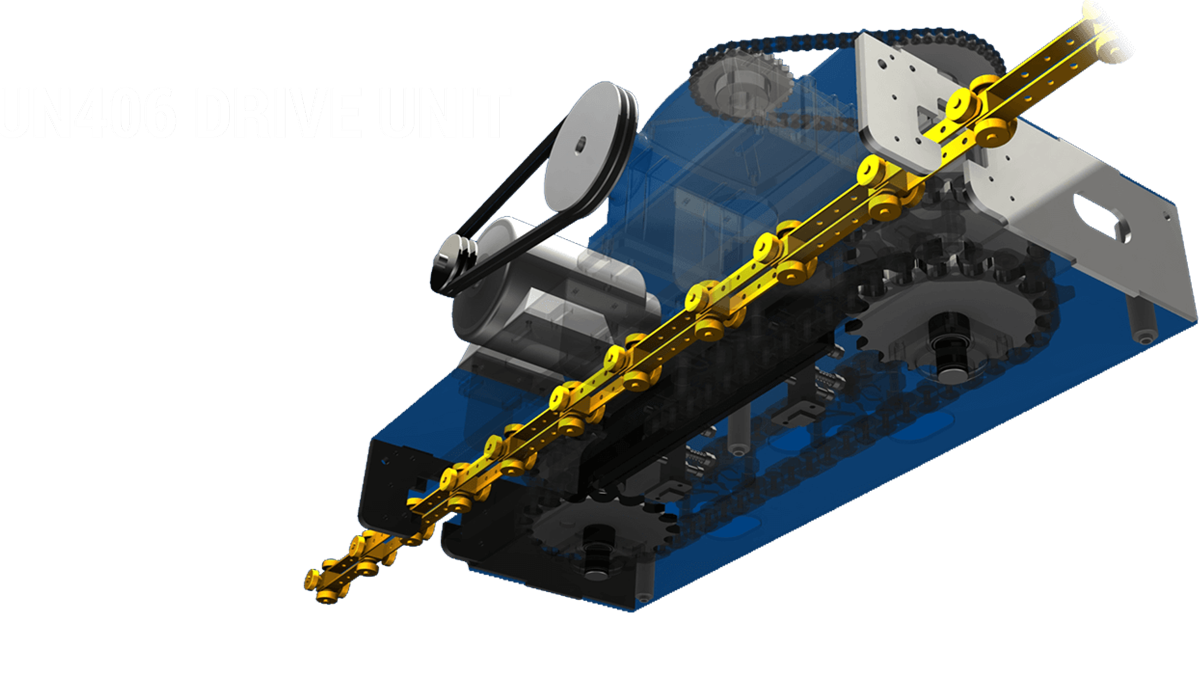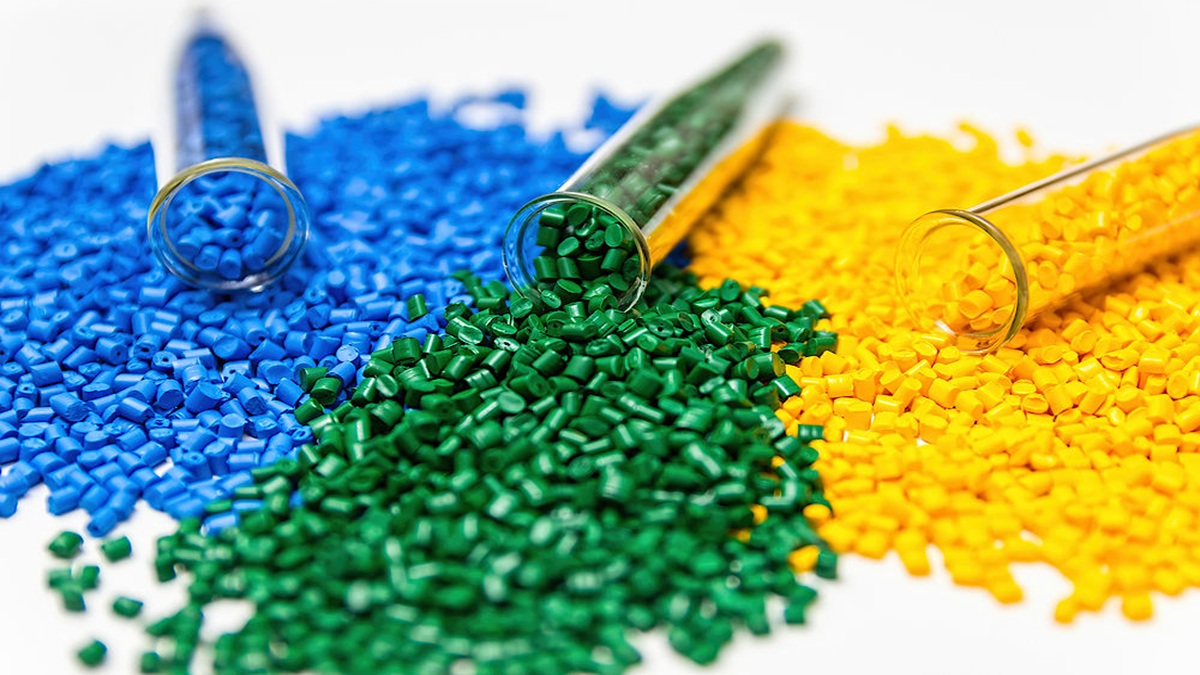With the surging demand from 5G, electric vehicles, and AI computing, the multilayer ceramic capacitor (MLCC) market continues to grow, driving momentum for Taiwan’s industry. Yet, component miniaturization and concentrated production capacity pose new challenges to manufacturing processes. LONG addresses these hurdles with high-precision SMD chip coating and bevel coating technologies that break through micron-level limits while delivering coating throughput far beyond industry standards. By leveraging thin carrier plates and integrated solutions, LONG enhances both stability and efficiency in production—helping customers meet the dual challenges of miniaturization and capacity, and ultimately creating greater value for the industry.
Demand Boom: The Outlook for the Passive Components Market
With the rapid rise of emerging applications such as 5G communications, autonomous driving, and AI computing, the passive components market is experiencing a new wave of demand. Research shows that the global multilayer ceramic capacitor (MLCC) market is projected to grow from about USD 16.3 billion in 2024 to USD 29.3 billion by 2031. The increasing demand for smaller, high-performance components in products such as smartphones, laptops, electric vehicles, and 5G base stations continues to drive MLCC consumption upward. Against this backdrop, Taiwan’s passive components industry is also benefiting. According to analysts from ITRI, Taiwan’s passive components output is expected to grow by 11.1% in 2024 and further increase by 6.3% in 2025, reflecting the sector’s solid growth momentum and long-term development potential.
Process Challenges: Miniaturization and Capacity Demands
While demand for MLCCs is growing rapidly, the industry is also facing serious manufacturing and supply challenges. As component sizes shrink to 0201 and 0402 levels, the requirements for process precision rise sharply, where even the slightest deviation in coating, sintering, or stacking can impact yield rates. At the same time, the MLCC market remains highly concentrated, with only a dozen or so companies worldwide capable of large-scale mass production. When demand surpasses supply, imbalances can quickly emerge—just as seen during the 2017–2018 MLCC supply crisis, when major manufacturers were running at full capacity, lead times stretched to over six months, and prices surged nearly threefold. Today, rising raw material and labor costs, combined with increasingly stringent environmental regulations, are adding further pressure to production. How the industry leverages automation and process innovation to boost both capacity and yield has become the key to staying competitive.
Precision Coating and Fast Bevel Dipping: Overcoming Micron-Level Barriers in Manufacturing
LONG Automatic Machinery Co., Ltd. is meeting the challenges of MLCC miniaturization and capacity demands by showcasing its technological leadership. The company’s self-developed SMD chip end-electrode coating equipment achieves world-class precision, with coating thickness and distribution strictly controlled within an extremely fine range. Even for ultra-small components such as 0402 (approximately 1.0 × 0.5 mm), the system ensures highly uniform coating, guaranteeing consistency and high yield rates. Notably, LONG has taken the lead in introducing automated bevel coating technology, enabling a breakthrough in traditional capacity limitations. For instance, when processing 1005-sized chips, its equipment can coat around 380,000 pieces per hour—far surpassing the approximately 36,000 pieces per hour achievable by comparable Japanese technologies. This not only demonstrates LONG’s multiple-fold advantage in production capacity, but also highlights its ability to help customers overcome micron-level process challenges and strengthen overall competitiveness amid soaring global demand.
Thin Carriers and All-in-One Solutions: Driving the Next Wave of Innovation
LONG also demonstrates its leadership in process carriers and integrated services. Its self-developed “thin carrier plates” are only 0.6–2.0 mm thick and made of stainless steel and silicone, offering lightweight design, low heat absorption, and rapid heat dissipation. These features allow precise temperature control during coating and plating processes, reducing material loss and improving process stability. Compared to traditional thick carrier plates and JIG boards, the thin carrier technology significantly lowers material and labor dependency, minimizing the need for frequent carrier replacements, thereby enhancing production efficiency and controlling costs. More importantly, LONG is not just an equipment supplier; it provides a complete solution encompassing coating machines, carriers, consumables, and process technology guidance, offering customers comprehensive support in a single package. This “technology innovation + system integration” approach reflects the company’s core values of diligence, innovation, quality, and service, while demonstrating how LONG leverages meticulous management and innovative capabilities to deliver high-quality products that meet market demands and directly address industry pain points.
Driving Efficiency and Creating Value Together
Amid the rapidly growing demand in the passive components market, LONG leverages its precision technologies and highly customized services to deliver optimal solutions, providing the industry with stable and efficient process support while helping customers overcome the dual challenges of miniaturization and capacity. Through collaboration, LONG not only continues to innovate and offer complete process solutions, but customers also enhance their efficiency and product quality in parallel, creating a virtuous cycle. Ultimately, by working together to “co-create efficiency and value,” both parties are building a more resilient and competitive future in the global industry landscape.


